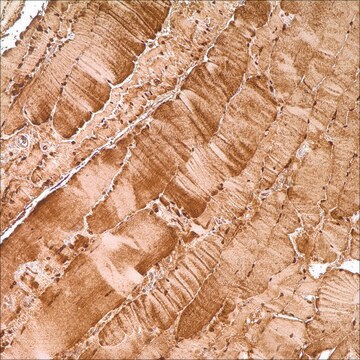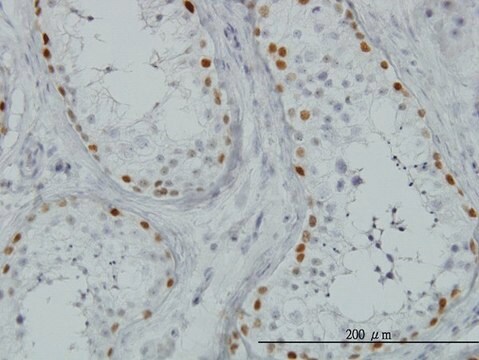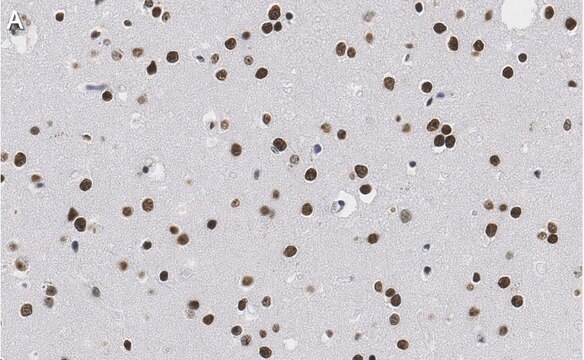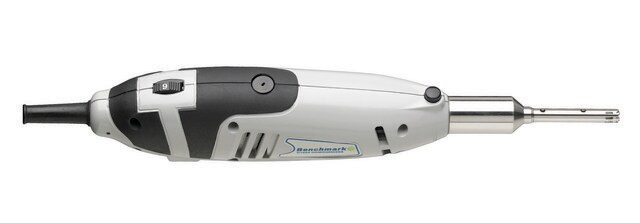MAB4385
Anti-TRA-1-85 Antibody, blood group Antigen Ok(a), clone TRA-1-85
clone TRA-1-85, Chemicon®, from mouse
About This Item
Produits recommandés
Source biologique
mouse
Niveau de qualité
Forme d'anticorps
purified immunoglobulin
Type de produit anticorps
primary antibodies
Clone
TRA-1-85, monoclonal
Espèces réactives
human
Fabricant/nom de marque
Chemicon®
Technique(s)
flow cytometry: suitable
immunoprecipitation (IP): suitable
western blot: suitable
Entrée
sample type induced pluripotent stem cell(s)
sample type: human embryonic stem cell(s)
Isotype
IgG1
Conditions d'expédition
wet ice
Modification post-traductionnelle de la cible
unmodified
Description générale
Spécificité
SPECIES REACTIVITIES:
Refer to comments regarding specificity
Immunogène
Application
Immunoprecipitation
Immunoblotting
Optimal working dilutions must be determined by the end user.
Stem Cell Research
Pluripotent & Early Differentiation
Description de la cible
Forme physique
Stockage et stabilité
Remarque sur l'analyse
Hemopoietic cells and a wide range of normal human tissues
Informations légales
Clause de non-responsabilité
Vous ne trouvez pas le bon produit ?
Essayez notre Outil de sélection de produits.
Code de la classe de stockage
10 - Combustible liquids
Classe de danger pour l'eau (WGK)
WGK 2
Point d'éclair (°F)
Not applicable
Point d'éclair (°C)
Not applicable
Certificats d'analyse (COA)
Recherchez un Certificats d'analyse (COA) en saisissant le numéro de lot du produit. Les numéros de lot figurent sur l'étiquette du produit après les mots "Lot" ou "Batch".
Déjà en possession de ce produit ?
Retrouvez la documentation relative aux produits que vous avez récemment achetés dans la Bibliothèque de documents.
Notre équipe de scientifiques dispose d'une expérience dans tous les secteurs de la recherche, notamment en sciences de la vie, science des matériaux, synthèse chimique, chromatographie, analyse et dans de nombreux autres domaines..
Contacter notre Service technique








